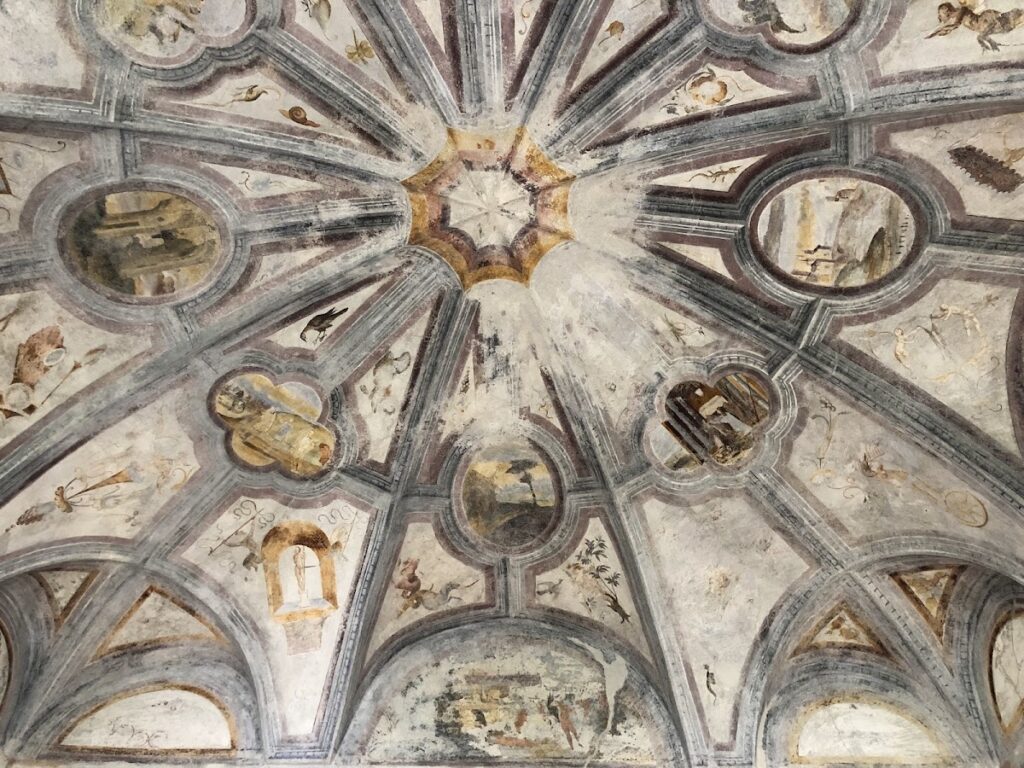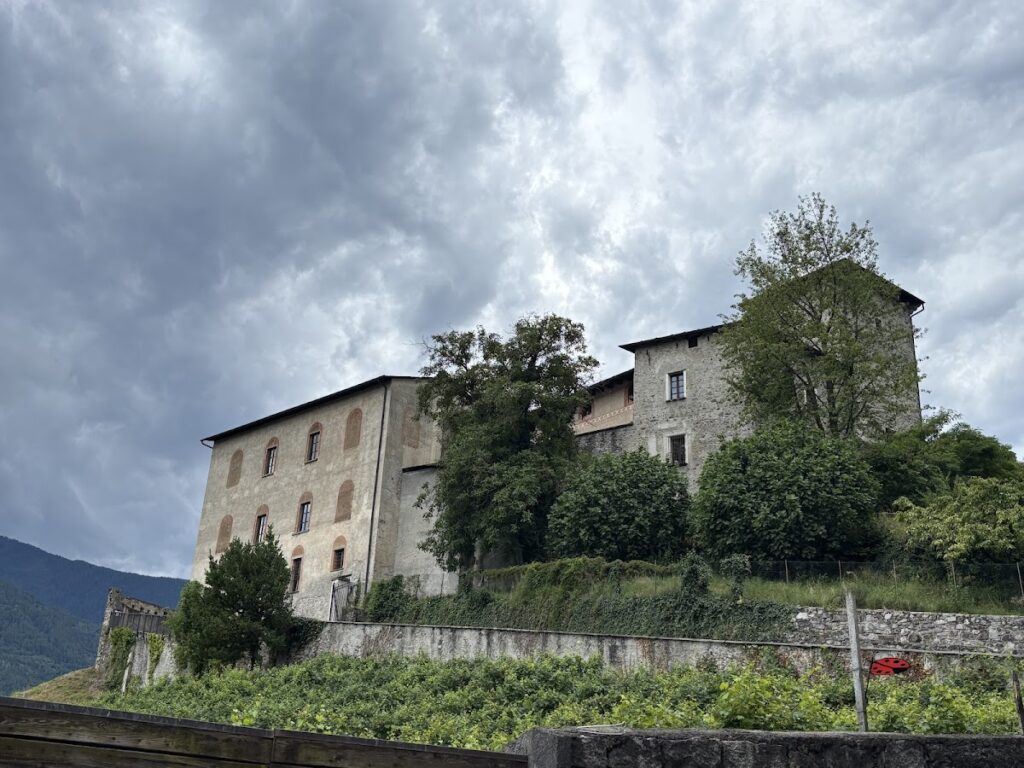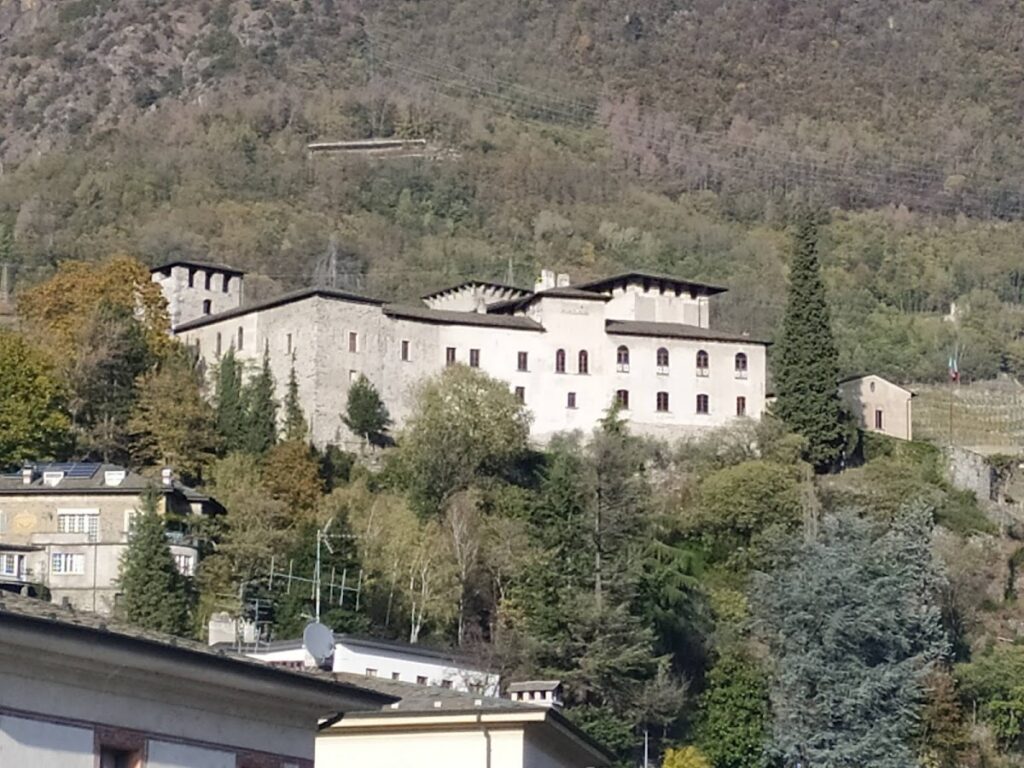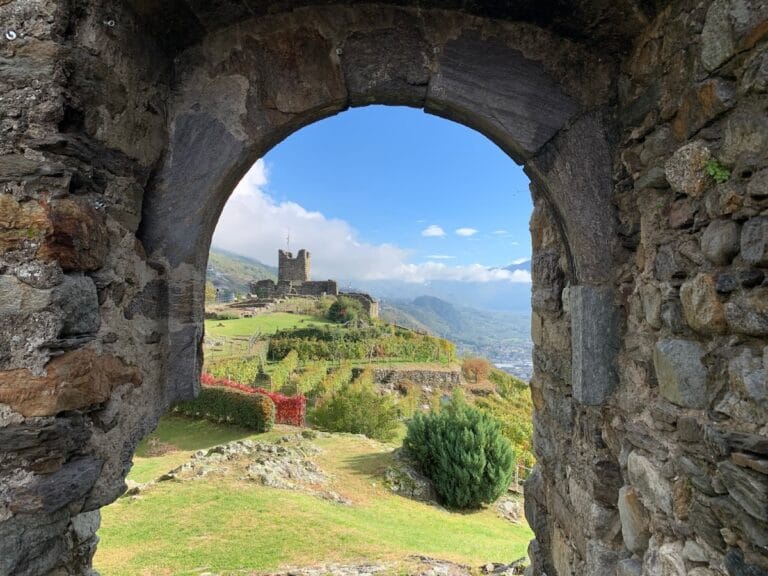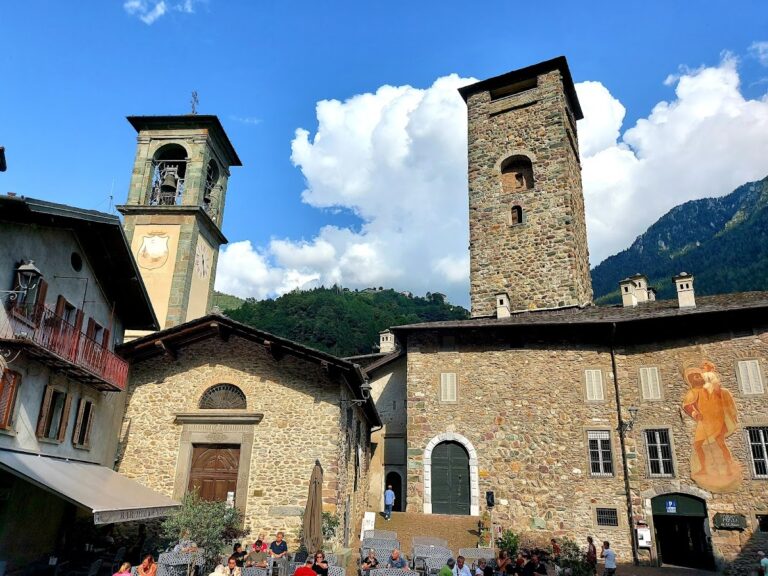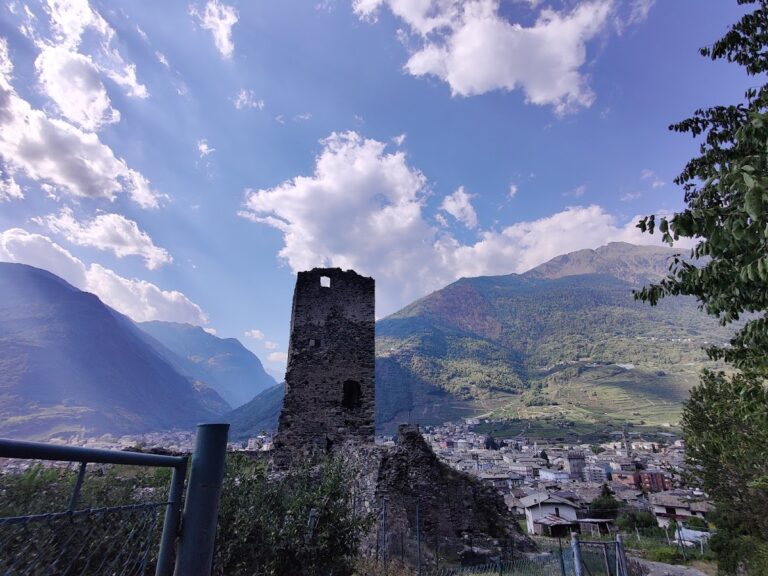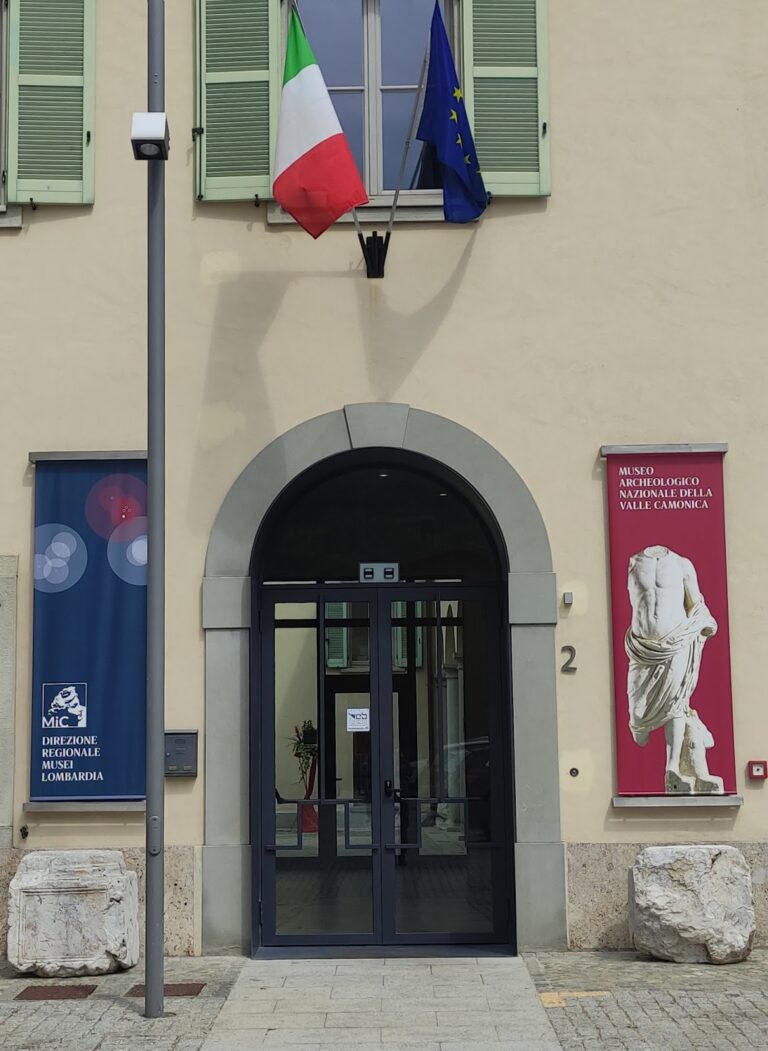Castel Masegra: A Historic Castle in Sondrio, Italy
Visitor Information
Google Rating: 4.2
Popularity: Low
Google Maps: View on Google Maps
Official Website: www.visitasondrio.it
Country: Italy
Civilization: Unclassified
Remains: Military
History
Castel Masegra is located in the town of Sondrio in northern Italy and was originally constructed by the family de’ Capitani, also known as the Capitanei, who were influential feudal lords in the Valtellina area during the early medieval period. The foundation of the castle dates back to shortly after 1048 or possibly as early as 1041, establishing it as an important fortification at the entrance of the Valmalenco valley.
During its earliest phase, Castel Masegra served primarily as a military stronghold. Its original entrypoint was positioned on the west side, accessible through a narrow path climbing from the Mallero river, illustrating its defensive design. The castle’s strategic location and fortifications reflected the turbulent nature of the region in the Middle Ages, as the controlling families sought to assert power over nearby territories.
In the early 15th century, specifically around 1433 or 1436, the ownership of the castle shifted to the Beccaria family of Tresivio. Around this time, the castle began evolving from a strict fortress into a residence with greater comfort. Evidence of this transition includes the construction of the current main entrance portal, completed in 1491, which replaced the earlier military gate.
Following this period, the castle underwent significant changes during the Renaissance. Architectural additions such as a loggia, an external covered gallery typical of the era, and a dovecote tower on the south side marked its new role as a noble residence. A notable interior feature from this time is a room with an umbrella-shaped vaulted ceiling adorned with frescoes, demonstrating the increased emphasis on art and domestic refinement.
Under the control of the Grisons, a Swiss confederation, Castel Masegra became the residence of the Salis family, an influential lineage within Grison nobility. The castle also took on a practical role as a storage facility for wine. This period saw the construction of the present eastern entrance designed to allow carriages to access the premises, signaling adaptation to new modes of transportation and use.
After the end of Grison rule in 1797, the territory of Valtellina was reincorporated into the Duchy of Milan. Subsequently, the Guicciardi family acquired the castle. Later, they donated Castel Masegra to the state. In the 19th and 20th centuries, the castle served military functions once more, first as a barracks and later as the headquarters for the local military district until the 1980s.
Today, the castle’s former stables have been repurposed as the Museo Storico Castello Masegra, which offers visitors insight into the three centuries of Grison domination in Valtellina, from 1512 to 1797, showcasing artifacts and historical accounts from that era.
Remains
Castel Masegra’s layout retains key elements from its medieval and Renaissance phases, presenting a blend of military and residential architecture. Constructed on a strategic site at the valley entrance, the castle is anchored by two original medieval towers situated at the northeast and northwest corners. These towers serve as physical evidence of the castle’s 11th-century origins, highlighting its initial defensive role.
The castle’s earliest entrance once opened on the western side and was reachable by a narrow path leading up from the Mallero river. Today, this entrance is supplanted by a main portal on the eastern side, which dates from the period of Grison control. This eastern doorway was designed to permit passage of horse-drawn carriages, reflecting the building’s adaptation for residential and logistical needs beyond pure defense.
Renaissance additions impart a distinctive character to the castle. An external loggia—a covered gallery supported by columns—was introduced, offering a sheltered outdoor space typical of the period’s elegant domestic architecture. On the south side, a small tower once used as a dovecote reflects the integration of agricultural functions and aesthetic ideals. Inside, a remarkable room features an umbrella-shaped vault, a type of ceiling formed by the intersection of curved arches, richly decorated with frescoes that demonstrate the artistic tastes of the Renaissance residents.
Over time, the castle has been modified repeatedly to suit changing functions, ranging from fortress to noble residence and then storage facility during Grison rule. These structural alterations have been executed with varying degrees of preservation, resulting in an overall condition sufficient to support its current use as a historical museum. The conversion of the former stables into the Museo Storico Castello Masegra exemplifies adaptive reuse, housing exhibits that document the extensive period of Grison influence in the region.
Through its preserved towers, entranceways, and Renaissance architectural features, Castel Masegra offers a material record of nearly a millennium of regional history and shifting political powers, anchored firmly within its original medieval construction.
